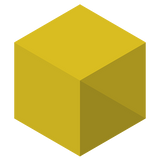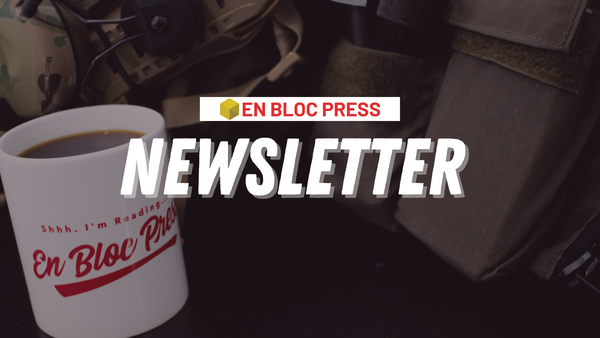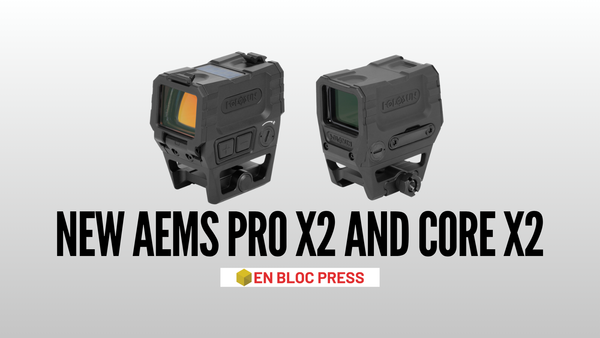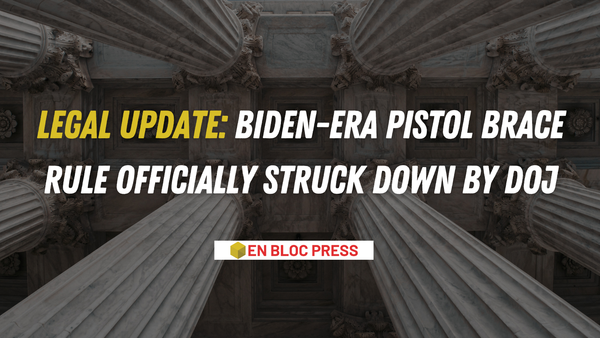Get Started 3D Printing Guns
Get started 3D printing your own firearms right at home with the En Bloc Press guide to 3D printing
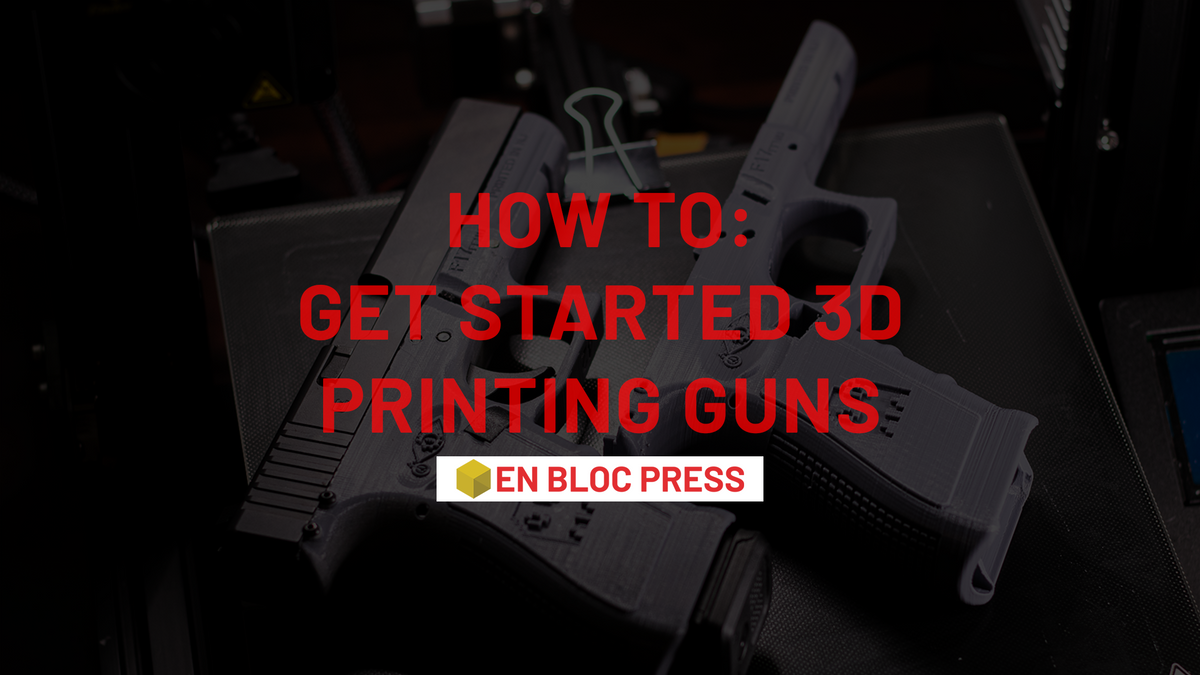
This guide is designed to give the reader an understanding of the process of making 3D-printed guns, and also serves as an easy-to-follow path to building 3D-printed guns in one’s own home or workshop. Here you’ll find the information and resources necessary to gain an idea of the time, tools, and materials required to successfully arm oneself outside of bureaucratic constraints.
The right to arms is a fundamental aspect of individual liberty, and attempts by powerful people to disarm the everyday citizen should be regarded with great suspicion. The information on these pages serves to frustrate the efforts of the anti-gun bureaucrat, to further demoralize the progressive bugman, and to degrade the efficacy of supply-side gun control.
Legal Warning
The General Idea
3D printing a firearm generally means that someone prints the plastic frame of a firearm and then installs factory metal parts (a "parts kit") onto the plastic frame, to produce a functional firearm. In many cases, the printed frame paired with the parts kit produces a firearm that is comparable to a commercially made weapon. This is a very practical and accessible way of creating firearms that are reliable and safe, free from any of the paperwork normally associated with buying a firearm from a gun store. 3D printing is "free men don't ask permission," taken to the most logical conclusion.
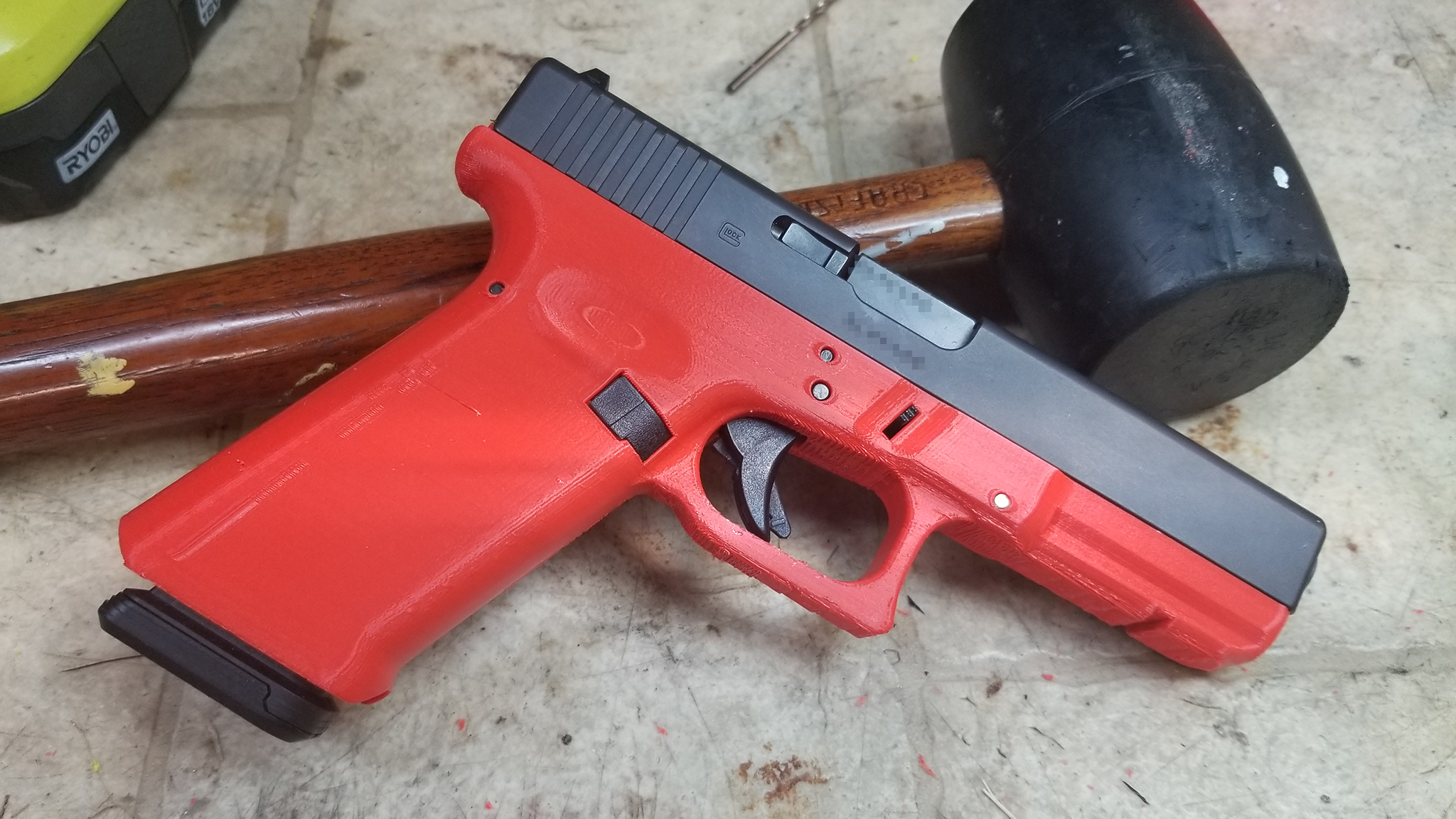
Most 3D printed guns come from what's called a "fused deposition modeling" printer, where a spool (usually 1kg) of plastic filament is fed into a printer, where it is melted and deposited layer-by-layer onto a print bed. (The most popular printers for this task are around $200USD.) As the softened thermoplastic is deposited, it cools and re-hardens into whatever shape it's been printed as. You can see this in action in the video below:
Not all 3D printed guns employ this hybrid design model. The original 3D-printed gun, The Liberator, did not. And more modern designs like the FGC-9 are able to be assembled entirely from hardware store parts and 3D printed components. The hybrid model is probably the more popular variety, but the limits are being pushed every day by a community of developers who are constantly raising the bar.
3D printed guns are sometimes called "ghost guns," because they do not have serial numbers. This means that traditional methods of determining a firearm's origin and original owner are nullified. There's no paper trail to follow; no manufacturer records, registration, or ATF Form 4473 on file somewhere. But be careful using the terms "ghost gun" and "3D printed gun" interchangeably. All 3D printed guns are ghost guns, but not all ghost guns are 3D printed. 80% lower receivers and P80 frames are also ghost guns, but they're not typically 3D printed.
In sum, the rise of 3D printing means that anyone with $200 and internet access the ability to manufacture a functional semi-automatic firearm
Frequently Asked Questions
How Much Does a Printer Cost?
The recommended printer – the Creality Ender 3 – usually costs between $175-$225 depending on the vendor and whether there are any discounts available.
Where Should I Buy From?
We suggest you purchase from the Creality official website or the Creality official AliExpress page. Be careful ordering from sites like Amazon because you may get an older printer from a storage facility instead of one with the latest firmware.
How long does it take to assemble the printer?
A Creality Ender 3 only takes about an hour to set up for a new user. Do yourself a favor and watch this setup video! This will save you a lot of frustration.
How long does it take to print a Glock frame?
Print times will vary with your printer model and settings, but expect Glock-sized frames to take ~20-30 hours on a Creality Ender 3.
How much space do I need for the printer?
To comfortably print on a Creality Ender 3, you’ll need about a 2′ x 2′ square surface and about 30″ of clearance to fit the frame and spool of filament on top. Your surface should be level and stable. A quality desk will work fine. The printer won’t do well on carpet or wobbly surfaces. If you plan on using an enclosure, give yourself an extra foot on each side.
Is it legal to sell what I print?
No. It’s only legal to manufacture firearms for sale if you have a Federal Firearms License (FFL).
What material do I use?
There are a lot of different types of filaments to print with. Probably the most widely used for gun printing is a material called “PLA+”. If you’re just getting going, PLA+ is a really good starting point and offers a great mix of being easy to work with and producing quality parts.
You’ll probably see other materials mentioned (PETG, Nylon, “Carbon Fiber”) but just stick with PLA+ to start.
How many guns can I print from a spool of PLA+ filament?
You can expect to get several Glock 17 frames from a 2.2lb (1kg) spool of eSun PLA+ 1.75mm filament.
What brand of filament should I buy?
eSUN 1.75mm PLA+ has widely produced good results and is used by many people in the community. It can be purchased on Amazon and is usually $25-$30 a spool. En Bloc Press has no affiliation with eSun, but we do use their product and have been happy with it. Polymaker PLA Pro or PLA Max is also popular.
Do I have to get a Creality Ender 3 printer?
No. There are plenty of options for 3D printers. But the Creality Ender 3 is probably the most commonly used printer in the 3D gun printing community, and a lot of the design files and documentation/instructions are designed for the Ender 3. The Ender 3 will be the most supported, but you can buy whatever you want as long as the bed is big enough.
How do I design my own guns?
You’ll need to learn computer-aided design (CAD) using a program like Fusion 360. Learning to design 3D files is outside the scope of this guide, and I’ll refer you to the excellent Ctrl+Pew’s guide on learning to CAD, found here.
Is there a guide to getting started?
Yes, there are several. CtrlPew has a popular guide available here:

AWCY also has a guide in the form of a creative game:
Where do these files and designs come from?
There are a number of active groups in the greater 3D gun printing community that produce files. Typically, groups of designers will use various chat programs to collaborate on designs, beta test them, and release them to the public once the design is proven functional. For most, it's a passion project. Some designers are fully anonymous, while others operate in the open. Designing these files is legal. Anyone with access to CAD software could potentially design and release 3D gun files.
Where to find 3D gun files, rails, and hardware kits
Completing a 3D gun project always requires 3D gun design files, but sometimes the maker needs metal rails and specific hardware (usually metric fasteners) to complete the project, too. A lot of this stuff can be made at home or purchased at a hardware store, but it's also convenient to be able to just buy a kit and have it all taken care of. There are a number of reputable vendors for this, listed below.
3D Printed Gun Files
3D gun files can be found in all kinds of corners of the internet, but below is an index we've put together of over 100 free gunCAD file repositories:
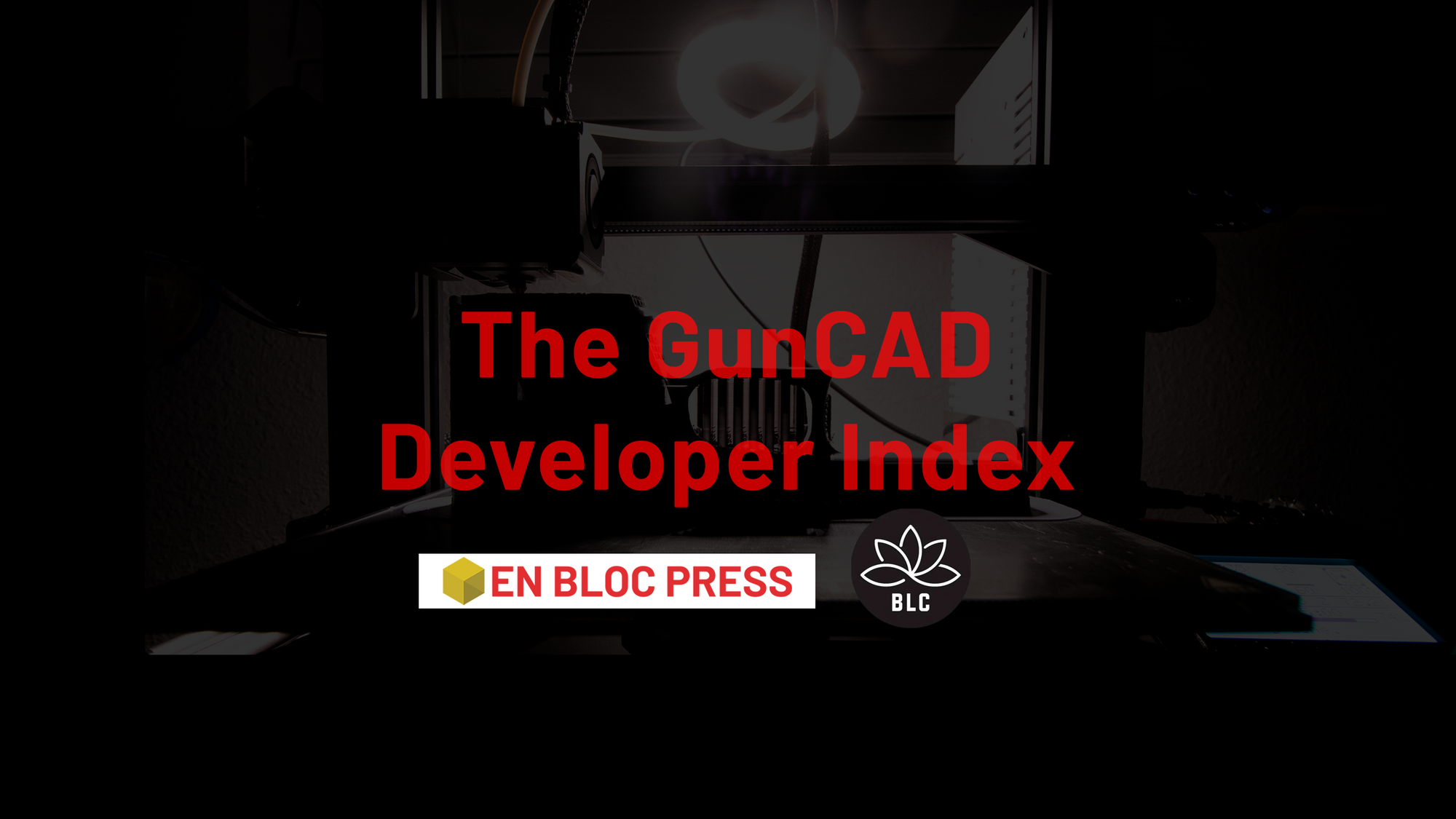
Rails and Hardware Kits
The following vendors offer an assortment of parts, hardware, rails, and other accessories that you'll need for your 3D printing and DIY projects.




Social Media
Here are some useful links to help you get into the mix:
Summary
If you want to go down the rabbit hole, this above content has everything you need as a jumping-off point to get started.
If you like this stuff, we publish a weekly newsletter about 3D printing, guns, politics, and adjacent topics. There's a free version and a paid version. We'd love to have you on either tier, and I think you'd find value in it either way you go. Sign up below.

